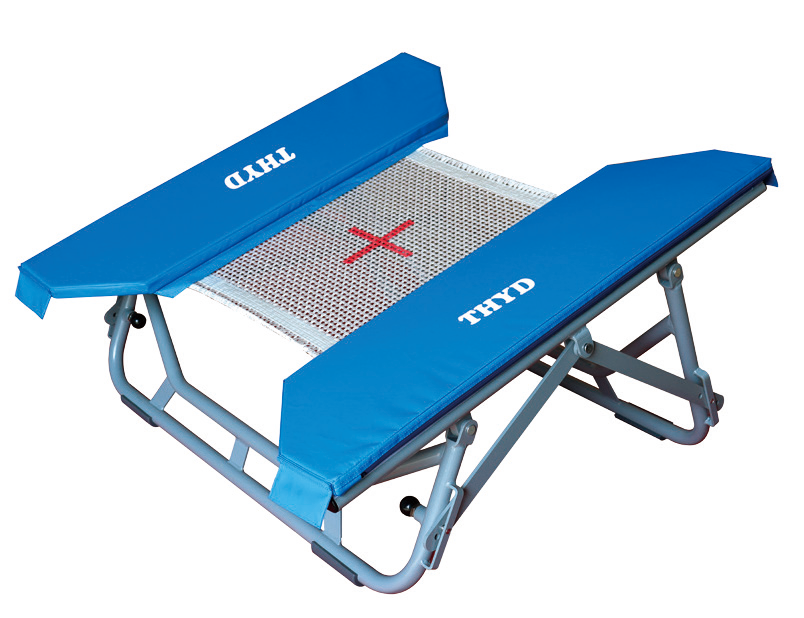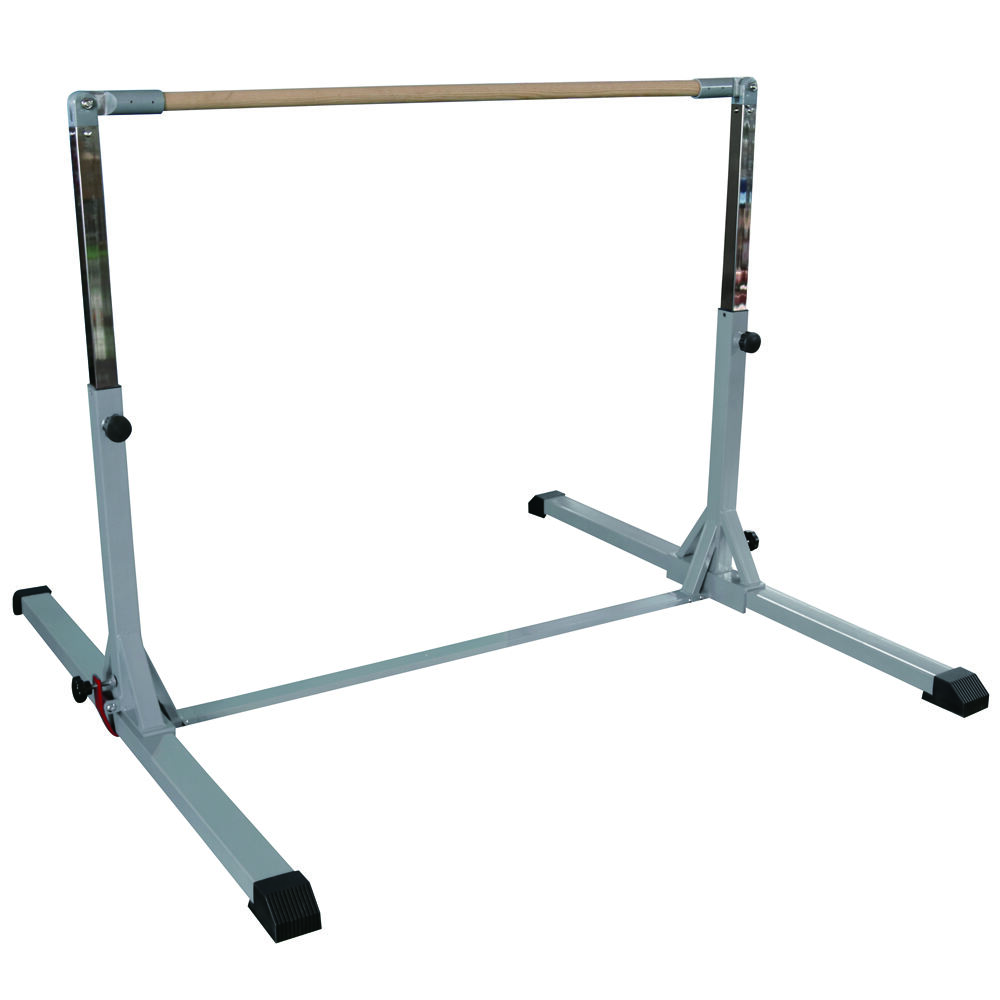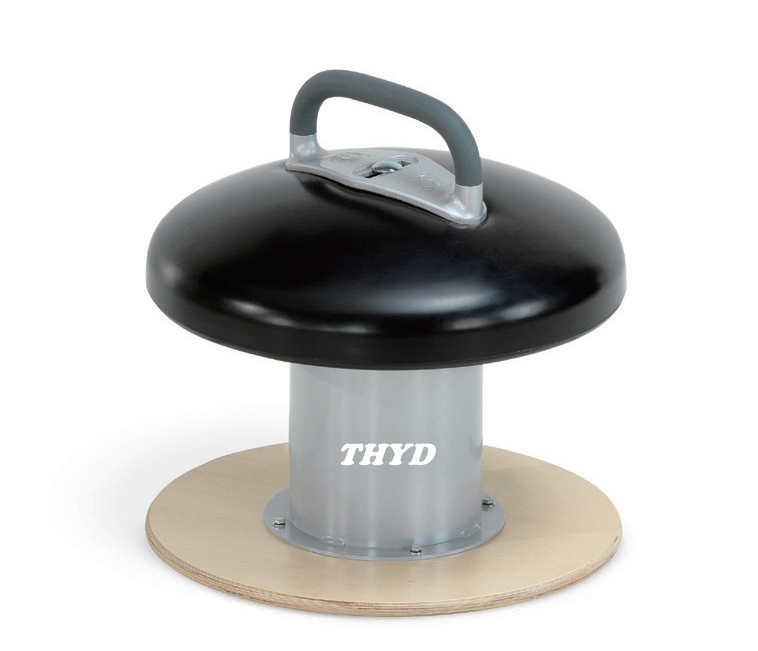parkour
Parkour is a dynamic physical discipline that combines athletic movements, mental fortitude, and creative expression. Originating in France, this urban movement art emphasizes efficient navigation through complex environments using techniques like vaults, rolls, jumps, and climbs. Practitioners, known as traceurs or traceuses, develop a heightened awareness of their surroundings while learning to overcome both physical and mental obstacles. The discipline emphasizes fluid movement, requiring practitioners to adapt and respond to various architectural and environmental challenges. Modern parkour has evolved to incorporate elements of acrobatics and freerunning, though its core philosophy remains focused on practical, efficient movement. The discipline requires no specialized equipment beyond appropriate footwear and comfortable clothing, making it accessible to anyone interested in developing their physical capabilities. Training typically progresses from basic movements and landing techniques to more advanced combinations and challenges, with safety and body control being paramount considerations.


